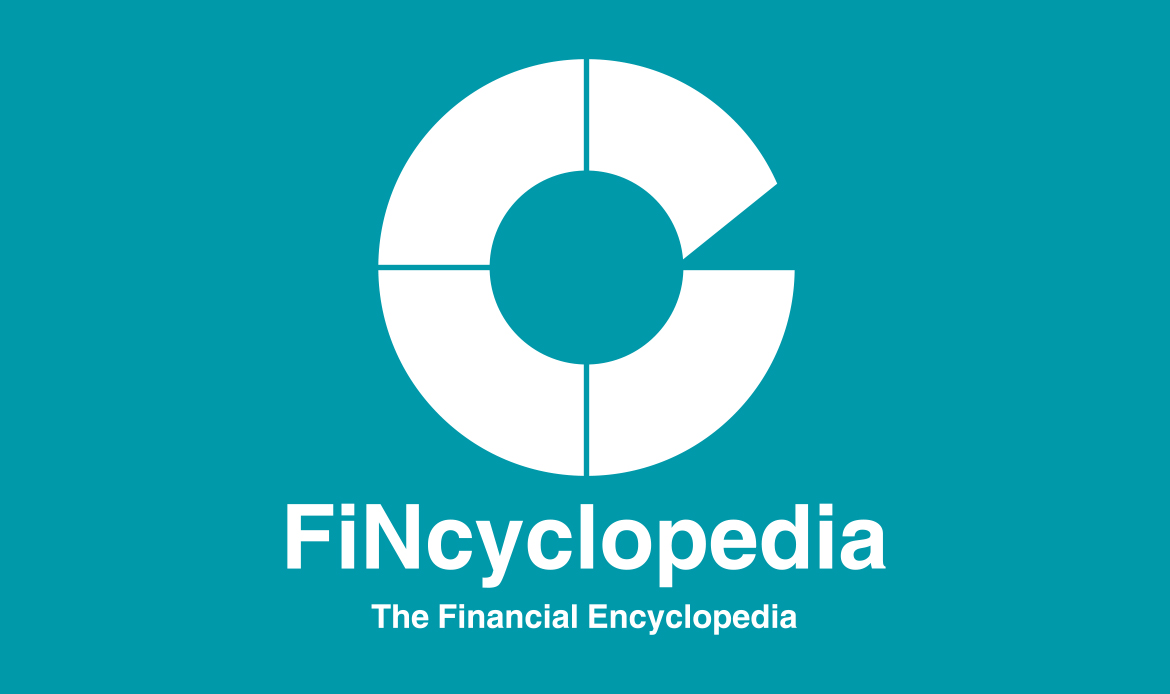A range forward contract, i.e., a variation on a regular forward contract which is used primarily to hedge or mitigate foreign exchange risk. This contract involves taking two opposite positions in options. For example, in a short range forward contract, a firm could buy a European put option with a specified strike price and sell a European call option with a higher strike. The price it wants to lock in should fall within this range. That means the price should be higher than the lowest strike and lower than the highest strike.
Typically, a range forward contract is set up in a way that the price of the put option is equal to the price of the call option, and hence it is, just like a standard forward contract, a zero-cost contract that provides downside protection, but at the same time deprives its holder of some of the upside. The range forward contract has two different variants: a long range forward contract and a short range forward contract.
Initially, the range forward contract was introduced as a cheaper hedging tool than currency options. It represents the simplest of option combination strategies.
The option fence has numerous names, among which are: a cylinder option, a flexible forward, a zero-cost tunnel, and a mini-max.



